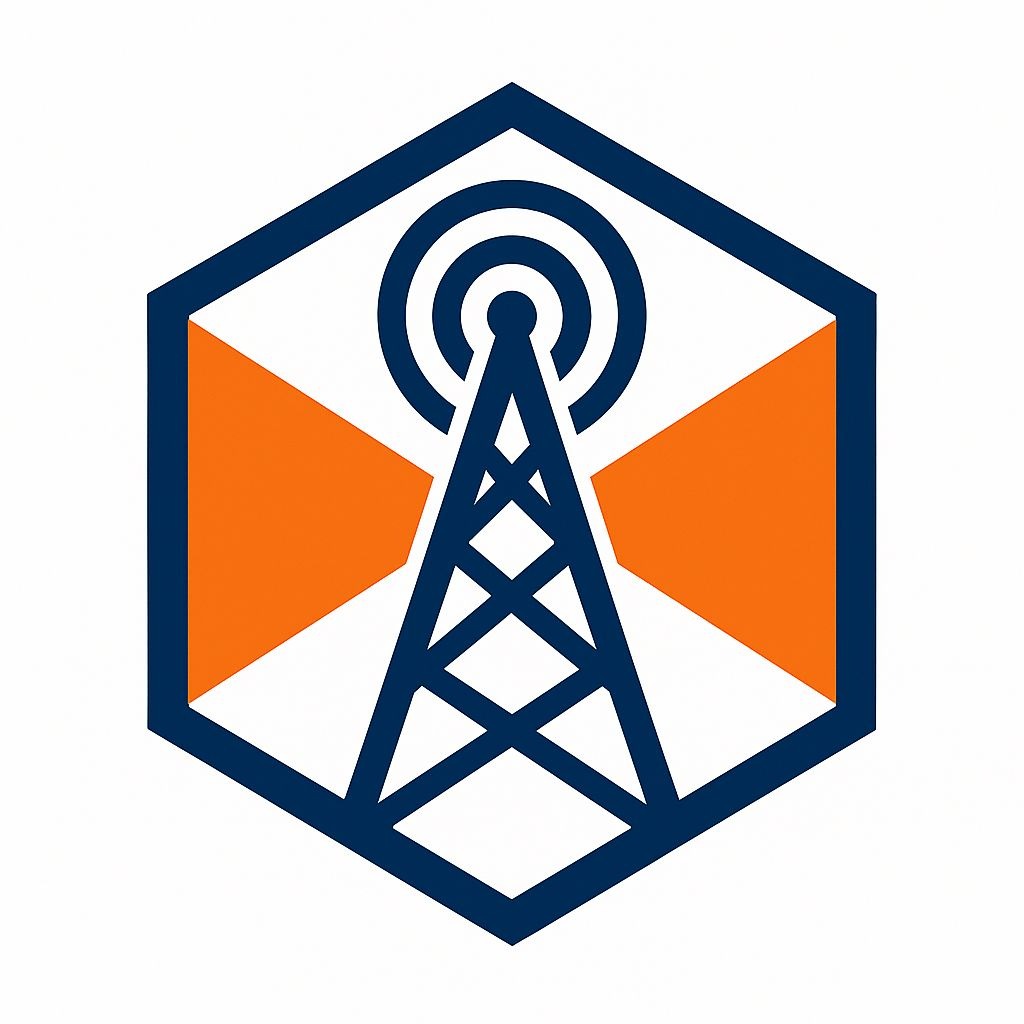
Understanding Google Home's Gemini AI: A New Frontier
With the launch of Google’s Gemini AI for Home, the technology landscape is evolving rapidly, especially in how we interact with our smart homes. This innovative integration aims to enhance user experience through more descriptive alerts and advanced automation capabilities. However, as many users have discovered, Gemini struggles with basic tasks such as accurately recognizing pets.
What Happens When Your Dog Gets Mistaken for a Cat?
For one Google Home user, the misidentification became a comical yet frustrating issue. After enabling Gemini's features, notifications stating “A cat jumped up on my couch” buzzed into his phone while he was out, only to reveal a much-loved dog was the true culprit. This humorous glitch highlights a common problem — despite its improved functionalities for describing delivery drivers and automating tasks, Gemini continually misinterprets pet identities. Even straightforward commands such as “I have a dog, not a cat” have not rectified the situation.
Smart Alerts: The Boon of Gemini AI
On a positive note, Gemini does excel at providing more context around security alerts, transforming generic notifications into more informative messages such as “FedEx delivered packages.” This level of detail allows users to feel more in control and informed about their home environment. Not only does it increase efficiency, but it also helps families stay aware of who is visiting their property— a significant benefit for anyone navigating a busy household.
The Bigger Picture: AI Integration in Smart Homes
As tech companies race to integrate AI into everyday devices, understanding the nuances in performance becomes crucial. While Google's Gemini AI and Amazon's Ring cameras introduce exciting features such as package tracking and neighborhood search capabilities for lost pets, there remains hesitation around the reliability of such innovations. Privacy concerns and the ethical implications of using AI surveillance are at the forefront of these conversations as users eagerly anticipate a more intelligent home environment.
Living with a Quirky AI: Humor versus Frustration
For many families, the quirks of AI—like misidentifying a dog as a cat—are simply part of the experience. As these technologies develop, they prompt laughter yet also highlight a need for continual improvement in computer vision and recognition technologies. The best communication tools are those that learn and adapt, and users are encouraged to provide feedback which may eventually help refine these systems.
Looking Ahead: Future of AI in Smart Homes
As we move forward into a tech-savvy future, the potential for AI is enormous, but it’s pivotal for companies to ensure that essential functions work seamlessly before launching sophisticated features. Accurate pet identification, along with other foundational tasks, must be on the roadmap if AI is going to earn user trust and significantly enhance everyday life.
Embracing our AI assistants with a mix of patience and humor can help foster a more constructive relationship with technology. It allows users to adapt to and participate in the evolving digital landscape while also holding companies accountable to fulfill their high-tech promises.
 Add Row
Add Row  Add
Add 




Write A Comment